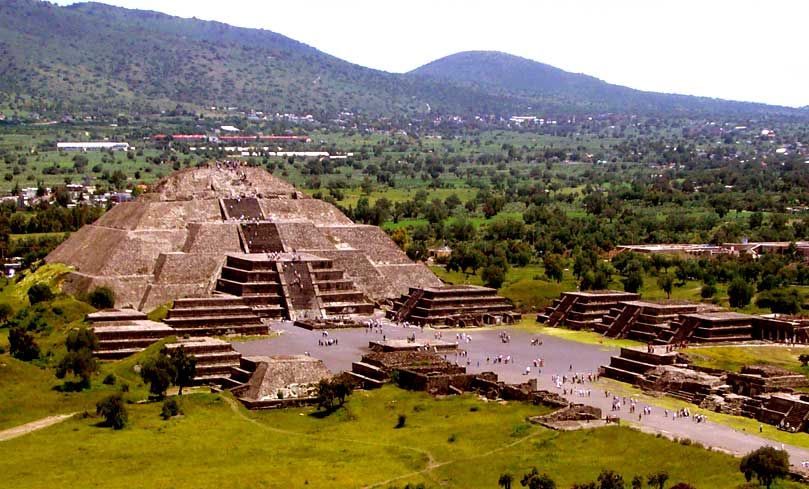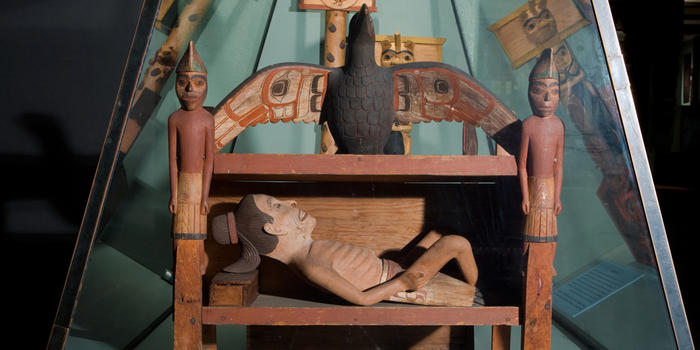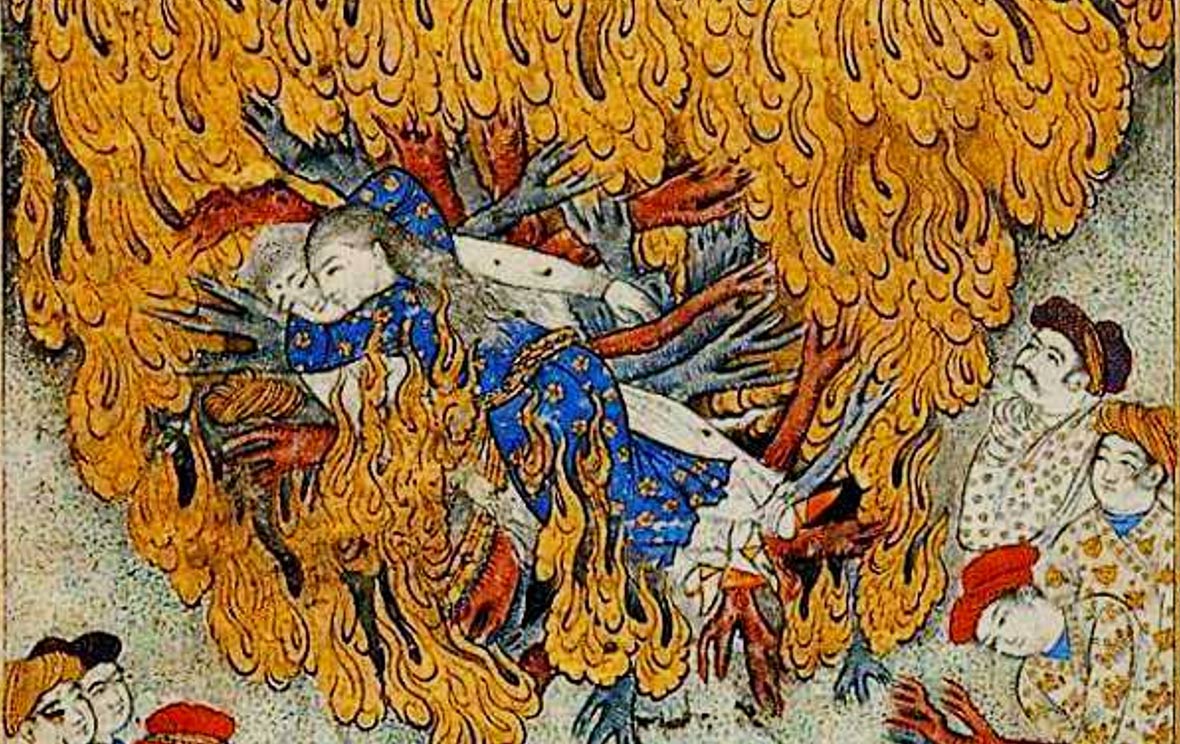Around the world, there are a whole number of ways in which we celebrate the passing of a loved one. From ceremony to ritual, each culture has a set of traditions in place which honor the dead and mark the occasion with grace. Throughout history, however, things have not been quite as simple and over the centuries, a number of bizarre rituals have been put in place. These relics from ancient days shine a little insight into how our ancestors marked the passing of a loved one and how much times have changed since then.
- Teotihuacan River of Mercury
1,800 years old, Teotihuacan is also known as “the city of the gods”. Located in Mexico, the ancient city was once home to one of the most thriving cultures at one point in time, housing a people who took their rituals very seriously indeed. Archaeological explorations into existing structures unearthed the presence of thousands of funerary rites located deep underground, as well as a large river of mercury. A one of a kind find, the river of mercury is believed to represent the river of the underworld, leading up to a set of royal tombs. Archaeologists are still getting to the bottom of the mystery but they believe that the answers lie in the deep underground system.
- Northwest Haida Pip and Totem Burials
The indigenous people of Haida are known for their way with ritual and when it came to the funeral ceremony, it was no different. Casting their dead into a deep pit, the people of ancient Haida left the bodies to be consumed by wild animals, disposing of the bodies. When it came to shaman, warriors and tribe leaders, however, it was a much different story. Locals would get together to beat the body until it was the same size as a suitcase-sized wooden box. Next, the box was put on top of a totem pole surrounded by various protection symbols. The corpse would be left to rot inside, placed near the tribe’s longhouse.
- India Sati Ritual
An ancient Indian funeral ritual, Sati has since been banned from taking place. Translating as “good wife” from Sanskrit, a Sati ceremony was performed for widowed women only, requiring them to sacrifice themselves on their husband’s burning funeral pyre. While the origins of the rite are unclear, it is believed that it came into popularity as a way of enabling the couple to enter the afterlife together. The reality might have been a little different, however, with society bullying the wife to sacrifice her life. There might even have been instances in which women were dragged into the flames, set alight against their will.
- Australian Aboriginal Mortuary Rites
The indigenous people of Australia developed their own funerary rites, that set about celebrating their family members in very specific ways. Following a death, the body was left out on a platform, covered with leaves and left to decompose. The concept was to leave the flesh to fall off the bones to enable the family members to pick it out, paint it, and wear it on their person for up to a year before putting it into permanent storage.
- Siberian Death Masks
The act of preserving a loved one after death is hardly a new concept and across the course of history, there have been a number of methods put in place. In ancient Siberia, it was all about the death mask. Using plaster, the family would form a mask in the likeness of their loved one, capturing their features. Next, the body would be cremated, apart from the larger bones, which would be stuffed into leather and natural materials in order to create a dummy. The dummy would be sewn together and added to the death mask in order to recreate the passed one, representing their bodily form.






